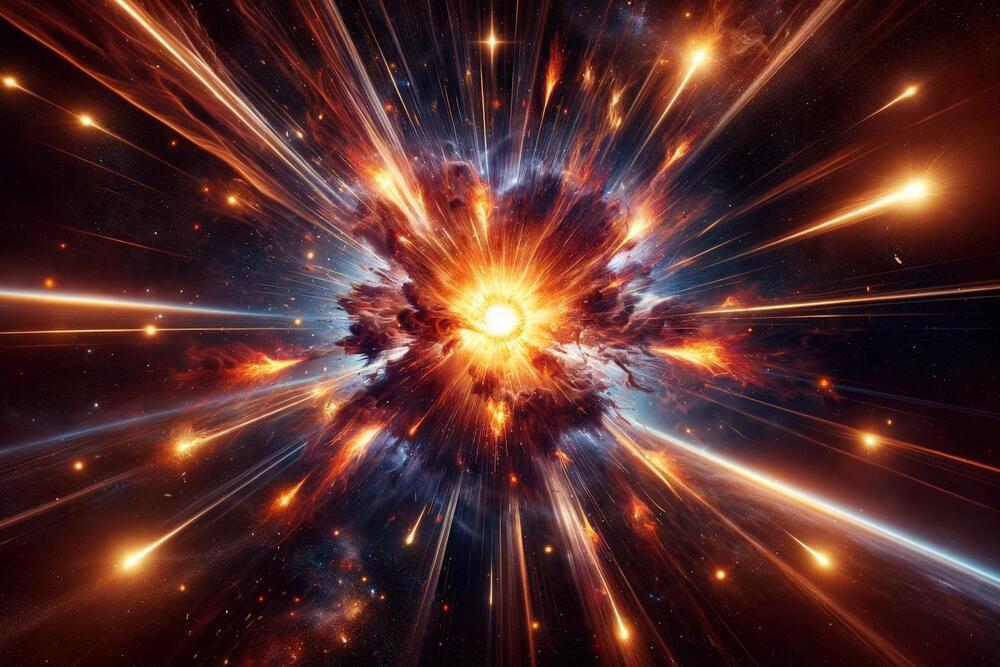The JADES Deep Field uses observations taken by NASA’s James Webb Space Telescope (JWST) as part of the JADES (JWST Advanced Deep Extragalactic Survey) program. A team of astronomers studying JADES data identified about 80 objects (circled in green) that changed in brightness over time. Most of these objects, known as transients, are the result of exploding stars or supernovae. Credit: NASA, ESA, CSA, STScI, JADES Collaboration.
Peering deeply into the cosmos, NASA’s James Webb Space Telescope is providing scientists with their first detailed glimpse of supernovae from a time when our universe was just a small fraction of its current age. A team using Webb data has identified 10 times more supernovae in the early universe than were previously known. A few of the newfound exploding stars are the most distant examples of their type, including those used to measure the universe’s expansion rate.
“Webb is a supernova discovery machine,” said Christa DeCoursey, a third-year graduate student at the Steward Observatory and the University of Arizona in Tucson. “The sheer number of detections plus the great distances to these supernovae are the two most exciting outcomes from our survey.”
